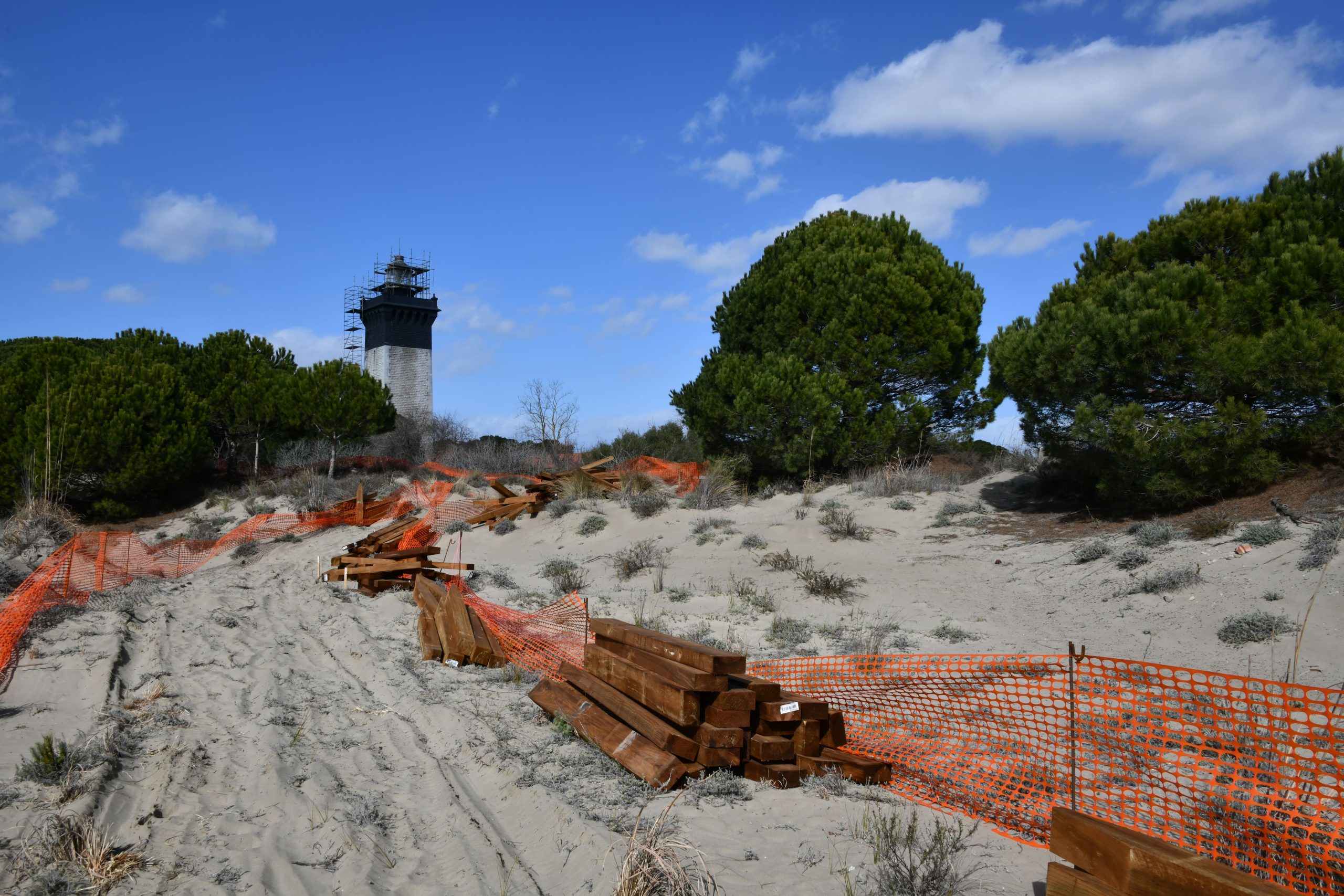Genesis of restoration
Automated in 1980, the Espiguette lighthouse has continued to light our coast for 150 years and guide sailors. An icon and beacon among the sand dunes of the Pointe de l'Espiguette, it is now the subject of a genuine tourist and cultural development project reconciling its function as a maritime signpost and an ecotourism site.
THE BIRTH OF AN ENHANCEMENT PROJECT

JÉRÔME HIRIGOYEN - PROJECT MANAGER AT THE COASTLINE CONSERVATORY
LE GRAU DU ROI, PROJECT OWNER IN THE RESTORATION PROJECT

DOCTOR ROBERT CRAUSTE - MAYOR OF LE GRAU DU ROI
RESTORATION OF THE LIGHTHOUSE IN PICTURES
PARTNERSHIPS

DEVELOPMENT OF THE ESPIGUETTE LIGHTHOUSE
Project owner
Municipality of Grau-du-Roi
Mayor of Grau-du-Roi - Robert Crauste
Project manager
Restoration of the listed historic monument
Chief architect of the Monuments Historiques - Pierre-Jean Trabon
Heritage architect - Maëlle Ferrieu
Development of the Espiguette lighthouse site, reception building and interiors
Heritage architect, representative - A+P Architects, Claire Florenzano
Heritage architect, OPC - AAUN, Ugo Nocera
Landscape designer - Agence Thomas Gentilini, Alexandre Lebel
Scenographer - Flavio Bonuccelli
Curator - Philippe BELIN
Graphic designer - Atelier JLB, Claire Boitel
ACKNOWLEDGEMENTS








